History and Culture
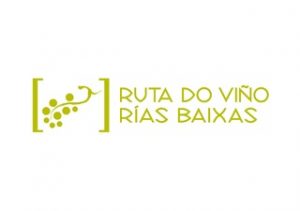 The Rías Baixas Designation of Origin stretches across the provinces of Pontevedra and A Coruña,spanning the intervening territory between the outskirts of Santiago de Compostela and where the River Miño joins the Atlantic Ocean and the frontier with Portugal.
The Rías Baixas Designation of Origin stretches across the provinces of Pontevedra and A Coruña,spanning the intervening territory between the outskirts of Santiago de Compostela and where the River Miño joins the Atlantic Ocean and the frontier with Portugal.
The rounded coasts of the “rías” join the rushing rivers and sheltered valleys to form a singular landscape dominated by vineyards and small villages. Travellers find a legend at every turn, a special landscape, a reason for stopping on the way and enjoying its people, its culture and of course its cuisine, accompanied by a Rías Baixas D.O. wine.
The Rías Baixas Wine Route has hundreds of ideas for wine tourism, including more than 50 wineries to visit, that along with hotels of charm, select restaurants and other leisure facilities, provide a comprehensive tourism offer built around the heritage of wine.
The Wine
Under vines beside the Atlantic Ocean grows a unique grape, Albariño.
The Rías Baixas Designation of Origin is one of the strictest on the international scene. Its wines are made exclusively with grape varieties native to the area, and methods of cultivation must respect traditional customs (expertise in vine training, small terrains, harvesting by hand, etc). Which makes the landscape of this wine-growing area very different from other Spanish territories.
Curiously, care and respect for wine-making traditions goes hand in hand with the most innovative technological advances, turning Rías Baixas into one of the top areas in Spain and causing its wines to be demand all over the world.
Resources
A great choice for all kinds of travellers.
The Rías Baixas Wine Route extends through the western half of Galicia, from the outskirts of Santiago de Compostela to the frontier with Portugal, an intermediate territory scattered with small seaside towns, old pilgrims’ ways, country mansions, monasteries, beautiful gardens and landscapes that combine hundreds of shades of green and blue. If you follow this Wine Route you will get to know the best of Galicia, and discover the secrets of the Rías Baixas Designation of Origin world of wine through its historic wineries or more modern constructions that open their doors to visitors in a very different tourism.
Heritage
Legends among vineyards.
Rías Baixas is a land of sailors, examples of this being the historic centre of Cambados, the seafaring village of A Guarda and thepretty Carril district. But inland it also offers agreeable surprises like the fortifications of O Rosal, the country houses of Vedra and the parts of the Way of Saint James that run through it.
Every corner has its own legend, perhaps among the most evocative are tucked away in the small hermitage on the beach at A Lanzada (Sanxenxo), the Saint Tecla fort (A Guarda), theCistercian monastery at Armenteira (Meis), or any of the wineries that belong to this Wine Route.
Nature lovers can escape to breathtaking vine-planted landscapes, natural spaces or historic gardens like those of the Pazo de Rubianes country house (Vilagarcía de Arousa) or Pazo Quinteiro da Cruz (Ribadumia), or enjoy the marine fauna and flora on board one of the catamarans that cross the Ria de Arousa estuary.
Festivals
A feast for the palate.
The many options for places to eat in Rías Baixas and the excellent quality of its raw materials has led to the founding of many gastronomic festivals held throughout the year. The Albariño Festival, the Seafood Festival, the Lobster Festival, the Lamprey Festival – the list is endless. But visitors will also find many religious and traditional festivals to enjoy, includingShrovetide (carnival), Easter Week and the feast of the Virgin of Carmen, an explosion of colour and joy that is positively contagious.
Gastronomy
Much more than the best seafood.
The Rías Baixas are internationally known for their fine seafood. Scallops, razor clams, crabs, octopus, cockles, lobster, goose barnacles etc.
Every village has its speciality, but Rías Baixas is not just about wine and seafood. This area can also boast excellent meat, fish, fruit, garden produce and milk products, all top quality, making this place a paradise for even the most demanding palates.
Activities
Beaches, thalasso spas and cultural and sporting activities.
Far from being restricted to wine tourism activities, there are many other ideas to occupy you on the Rías Baixas Wine Route, on water and on land. Among the more terrestrial are walks, bike runs, horse riding, path walking and golf.
The sheltered coasts of the “rías” and their rushing rivers are also ideal for practising sailing, canoeing, surfing,windsurfing, snorkel diving and sport fishing. Complemented of course by more peaceful pursuits like cultural outings, thalasso and spa treatments, or simply relaxing on one of the heavenly beaches.
How to get there
Between Vigo, Pontevedra, Santiago de Compostela and Ourense.
The Rías Baixas Wine Route is easy to get to by theA-9 motorway and the Rías Baixas (A-52), Northeast (A-6) and Salnés (AG-41) dual carriageways, or one of the many fast roads that run through the area. Byrail, from the stations at Vilagarcía de Arousa, Pontevedra and Tui, and by plane, with scheduled and low coast flights from Santiago de Compostelaand Vigo airports (45 minutes away), and A Coruñaand Oporto (60 minutes away) with national and international flights. For people coming by sea there are many marinas, among them Sanxenxo, Vilagarcía and O Grove.
SOURCE SOME IMAGES AND TEXTS:
wineroutesofspain.com


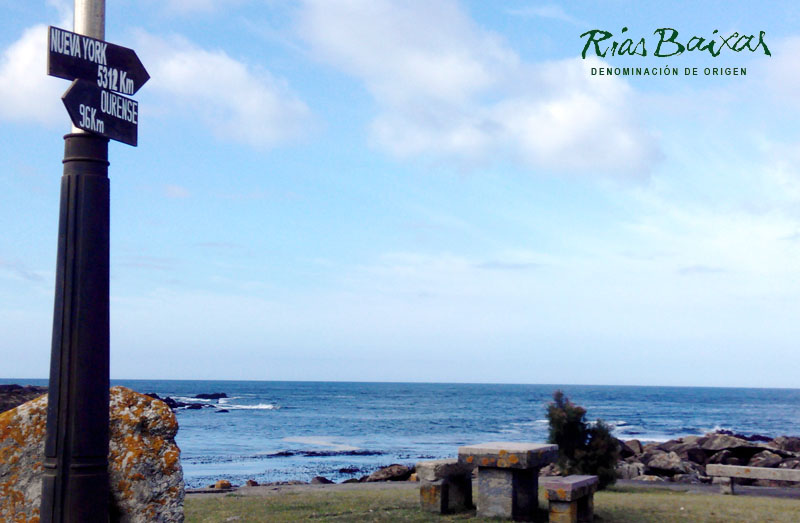



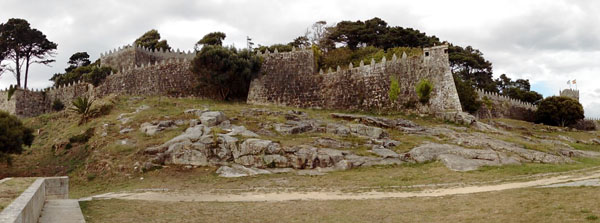
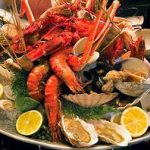
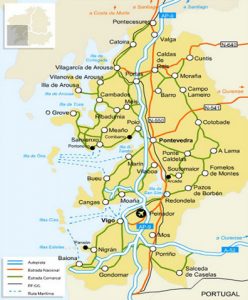


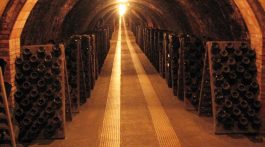
No Comment